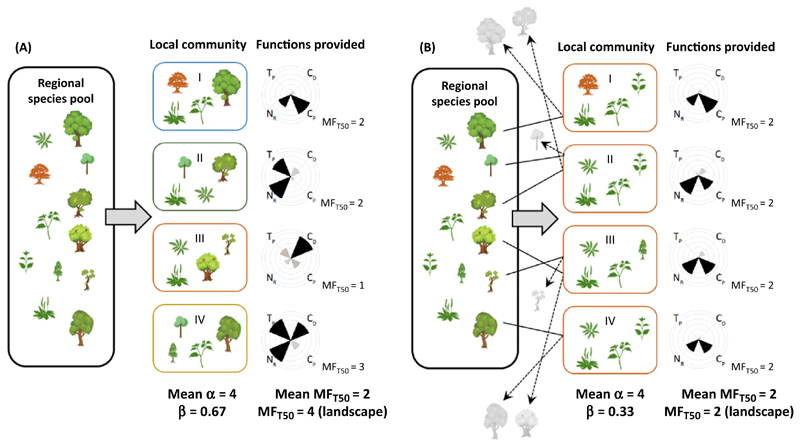Figure 1. Schematic Representation of Potential Linkages between the Additive Partitioning Methods of β-Diversity and Biodiversity Effects [4,37].
Separating the different effects of diversity is not easy, especially for communities in the real world [6], because of large variations in species composition and their functionalities under variable environmental conditions [21]. This figure represents a possible approach to cope with this issue. Each black and white icon represents a different species. Icons in the same column make up the individual local communities (I–V). Across local communities, there are dominant species that contribute to the nestedness component of β-diversity. Such species could play a crucial role in supporting multiple ecosystem functions; they could impose a diversity effect that may be (if not fully) equivalent to the selection effect by virtue of their competitive dominance. The other issue illustrated here is that species turnover occurs across communities in a landscape [15], most frequently as a result of environmental variation. Because different species perform differently under different environmental conditions, they could complement each other in utilizing available resources, and thus enhance the niche space occupation across locations. Therefore, the complementarity effect of diversity for multiple functions could be linked to the turnover component of β-diversity at larger spatial scales. Note that, in reality, dominant species (or functionally important species) can also change across communities [8]; therefore, it is likely that species turnover does not always contribute to the multifunctional species complementarity and could instead be associated with species selection, especially at smaller spatial scales. In addition, no formal approach exists to partition the diversity effects for ecosystem multifunctionality [99]; this diagram considers a multifunctional context and thus may differ from new partitioning approaches developed for a single functional context (cf [100]).

